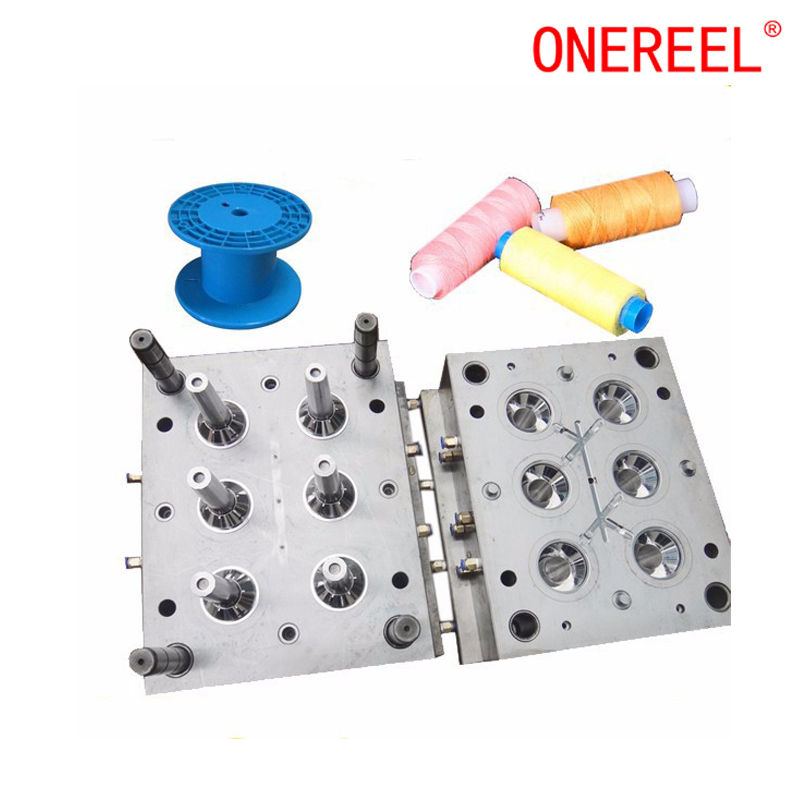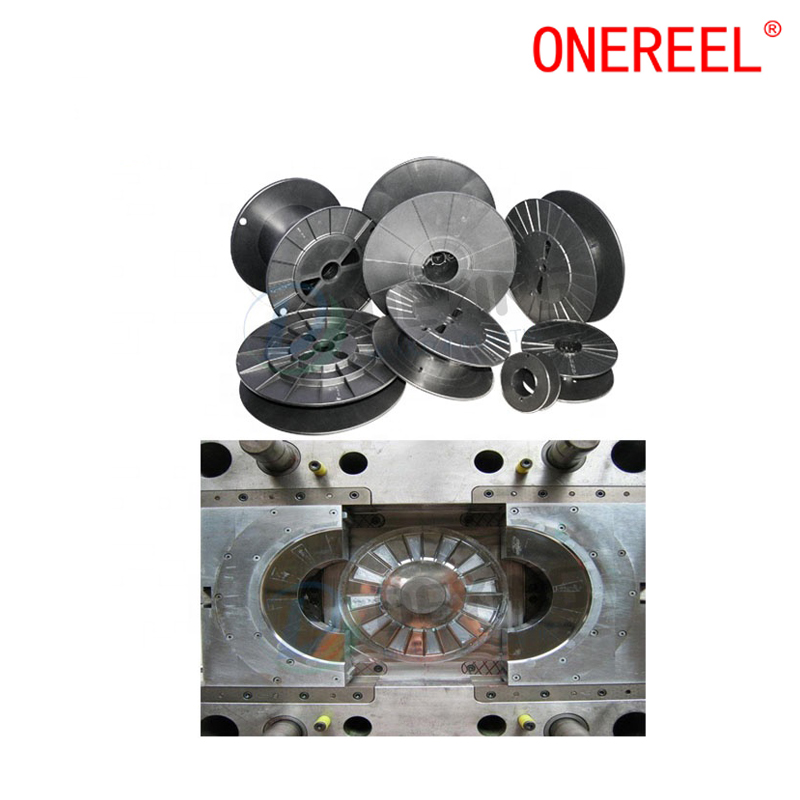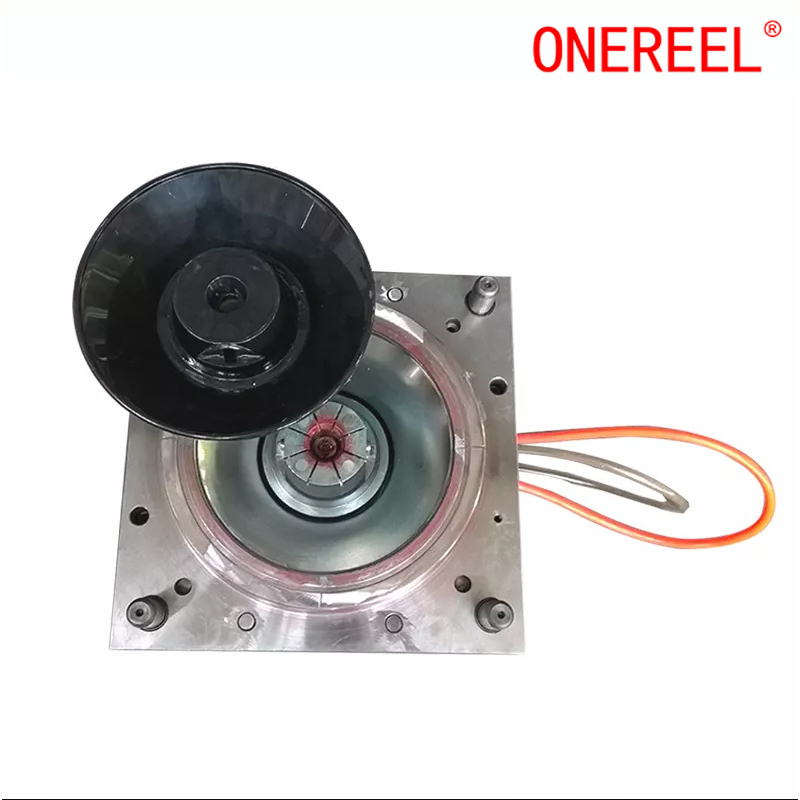
 English
English  Español
Español Português
Português русский
русский Français
Français 日本語
日本語 Deutsch
Deutsch tiếng Việt
tiếng Việt Italiano
Italiano Nederlands
Nederlands ภาษาไทย
ภาษาไทย Polski
Polski 한국어
한국어 Svenska
Svenska magyar
magyar Malay
Malay বাংলা ভাষার
বাংলা ভাষার Dansk
Dansk Suomi
Suomi हिन्दी
हिन्दी Pilipino
Pilipino Türkçe
Türkçe Gaeilge
Gaeilge العربية
العربية Indonesia
Indonesia Norsk
Norsk تمل
تمل český
český ελληνικά
ελληνικά український
український Javanese
Javanese فارسی
فارسی தமிழ்
தமிழ் తెలుగు
తెలుగు नेपाली
नेपाली Burmese
Burmese български
български ລາວ
ລາວ Latine
Latine Қазақша
Қазақша Euskal
Euskal Azərbaycan
Azərbaycan Slovenský jazyk
Slovenský jazyk Македонски
Македонски Lietuvos
Lietuvos Eesti Keel
Eesti Keel Română
Română Slovenski
Slovenski मराठी
मराठी Srpski језик
Srpski језик
Advancements in Spool Mould Technology
2023-09-25
Spool mould technology has come a long way since its inception, driven by the need for increased efficiency, cost-effectiveness, and environmental sustainability in manufacturing processes. In this article, we will explore some of the recent advancements in spool mould technology and their impact on the industry.
1. 3D Printing of Spool Moulds
One of the most notable advancements in spool mould technology is the adoption of 3D printing. Traditionally, spool moulds were created through subtractive manufacturing processes, where material was removed from a solid block to form the mould. 3D printing, on the other hand, allows for additive manufacturing, where material is deposited layer by layer to build the mould. This approach offers several advantages:Rapid Prototyping: 3D printing enables manufacturers to quickly create and test prototype moulds, reducing lead times and costs in the design phase.Complex Geometries: 3D printing can produce moulds with intricate and complex geometries that are challenging or impossible to achieve with traditional methods.Reduced Material Waste: Additive manufacturing generates less material waste compared to subtractive methods, aligning with sustainability goals.

2. Smart Moulds with IoT Integration
The integration of Internet of Things (IoT) technology into spool moulds is another significant development. Smart moulds are equipped with sensors and connectivity, allowing manufacturers to monitor and control the moulding process in real-time. Some benefits of smart moulds include:Data Collection: Smart moulds collect data on temperature, pressure, and other critical parameters during the injection moulding process. This data can be used for quality control and process optimization.Remote Monitoring: Manufacturers can remotely monitor the status of moulds, reducing downtime and the need for on-site inspections.Predictive Maintenance: IoT-enabled moulds can predict maintenance needs based on usage patterns and performance data, preventing unexpected downtime.

3. Sustainable Materials and Processes
Environmental sustainability is a growing concern in the manufacturing industry. Recent advancements in spool mould technology include the use of sustainable materials and processes:Biodegradable Materials: Manufacturers are exploring the use of biodegradable plastics for spool moulds, reducing the environmental impact of discarded moulds.Energy-Efficient Moulding: Optimized moulding processes and energy-efficient machines are reducing the carbon footprint of spool mould production.

4. Customization and On-Demand Production
Advancements in digital design and automation have made it easier to offer customized spool moulds and on-demand production. This flexibility allows manufacturers to quickly respond to changing market demands and produce moulds tailored to specific customer requirements.
5. Enhanced Surface Treatments
Surface finish is critical for spool moulds, as it directly impacts the quality of the final spool. Recent advancements in surface treatment technologies, such as chemical polishing and plasma coating, have improved the durability and performance of spool moulds.

In conclusion, spool mould technology has evolved significantly in recent years, driven by innovation and the need for efficiency and sustainability. 3D printing, IoT integration, sustainable materials, customization, and surface treatments are just a few examples of the advancements shaping the future of spool mould manufacturing. These developments not only enhance product quality but also contribute to a more environmentally responsible industry.






